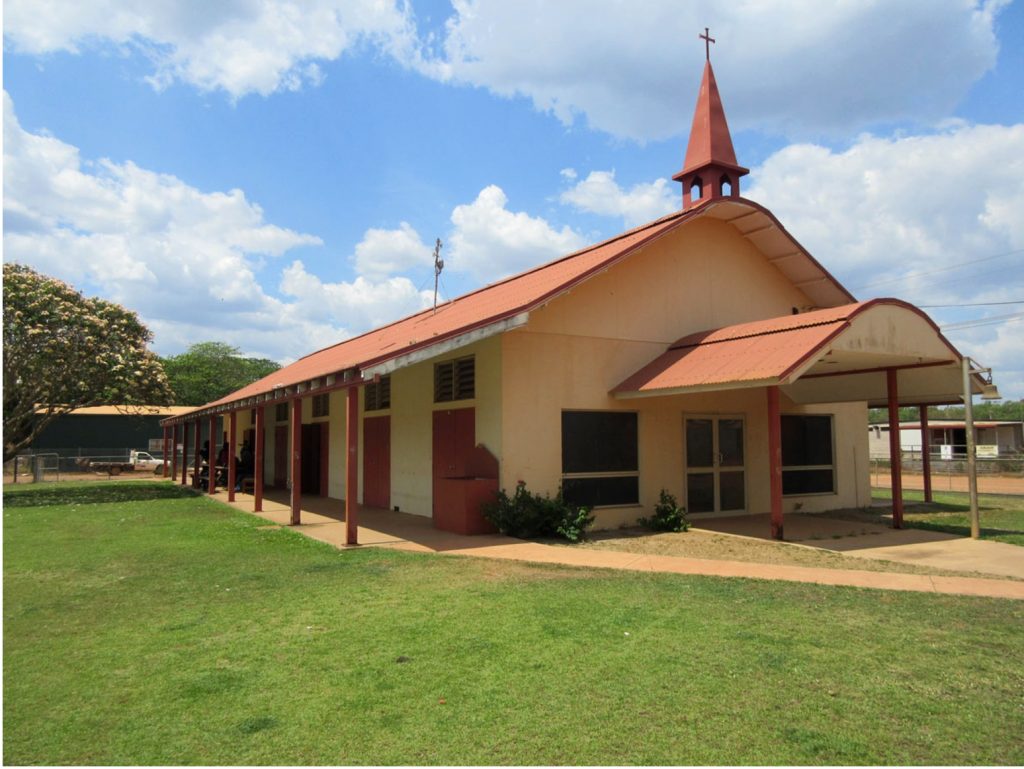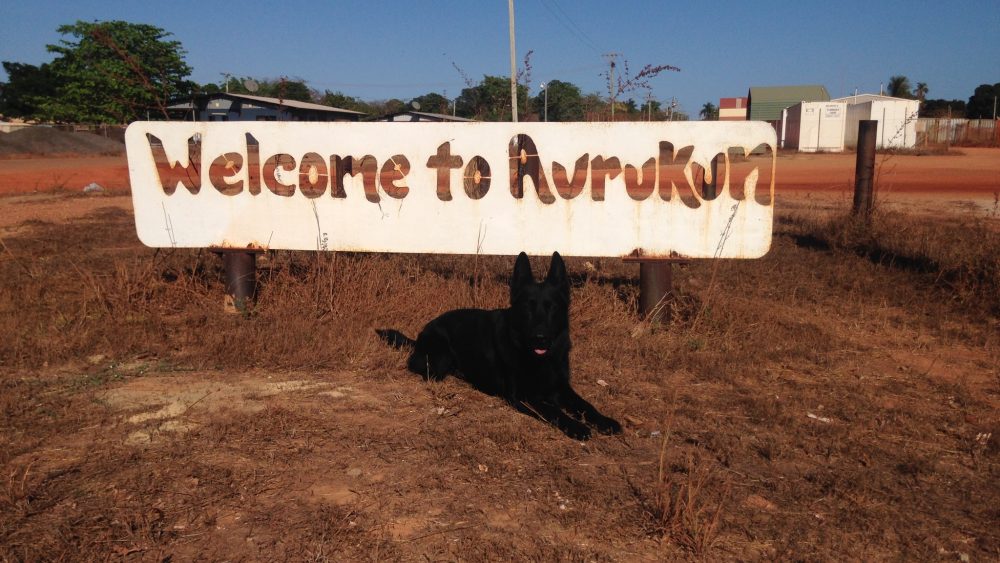More than three quarters of this Indigenous town went to church
Revival in Aurukun on the Cape York Peninsula
Scenes of reconciliation and a dramatic fall in violence have marked a revival in Aurukun, an Indigenous town on Cape York Peninsula. One thousand of the town’s 1300-strong population crowded into the Uniting Church during months of intense seeking after God.
“About nine months ago it just exploded.” — Craig Mischewski
“There was a slow growth as more and more people came to faith, with more and more baptisms,” Craig Mischewski, Minister at Weipa and Mapoon (100km away but a regular visitor to Aurukun), tells Eternity. “About nine months ago it just exploded.”
Asked what the revival experience was like, Mischewski says “the best way to describe it was that there was spontaneous dancing and people were full of joy. There was laughing and people were just happier. The violence around town just dropped away. “Up until then there had been lots of violence. You could come into town on any day and see fights erupt in the streets. There was a lot of reconciliation.”
“Up until then there had been lots of violence. You could come into town on any day and see fights erupt in the streets. There was a lot of reconciliation.” — Craig Mischewski

Aurukun Uniting Church Craig Mischewski
The revival was led by local people, mostly in Wik language. It occurred at the Uniting church, the only church in town. During the time the revival was drawing 1000 to the church it was the second-largest Uniting Church in Australia. It is still a town where 1100 out of 1300 locals, if asked if they are part of the church, will say “yes.”
“During the revival people went from having a Christianised history (due to the mission) to having a much more intimate relationship with Jesus.”– Craig Mischewski
Until 1977 Aurukun was a mission run by the church – originally the Presbyterians. It is native title land owned by the Wik people, but there are overlapping clans present and sadly a history of violence.
But the revival has been good news for the town. “During the revival people went from having a Christianised history (due to the mission) to having a much more intimate relationship with Jesus.”
The intense period of the revival has passed, according to Mischewski, with church attendance past its peak. “The whole town would now identify as being Christian, but the euphoria of it has waned a bit. There were fellowship meetings happening every night of the week but they have dropped off now.”
“Where the people are at right now is the need for really, really good teaching. There is a desperate need for some people to come and do some discipleship training.” — Craig Mischewski
For the first time Mischewski has heard some words used in anger.
Despite the revival losing some intensity Mischewski is optimistic.
“There are enough people here who have a good handle on the gospel, have a good handle on the Bible – there is some good leadership here,” he says. But it is too early to tell if the changes in the community will stick. “It is like any of the great revivals; there are people who certainly changed, those who changed for a short time, and those who were not changed at all. The best way to understand it is the parable of the sower. This is a place of obvious spiritual battle.
“Where the people are at right now is the need for really, really good teaching. There is a desperate need for some people to come and do some discipleship training.
“We simply can’t find anybody in Australia who is willing to come as a full-time minister. The other thing is that there have been some people who have come here to do teaching who have brought in very legalistic Christianity, not grace-based. Fortunately, the local leadership has said ‘we don’t like what these people are saying,’ so we’ve been able to move them on. But when word of a revival gets out it tends to attract a lot of people who want to be part of it. But if you weren’t here, you have missed it.”
Email This Story
Why not send this to a friend?


